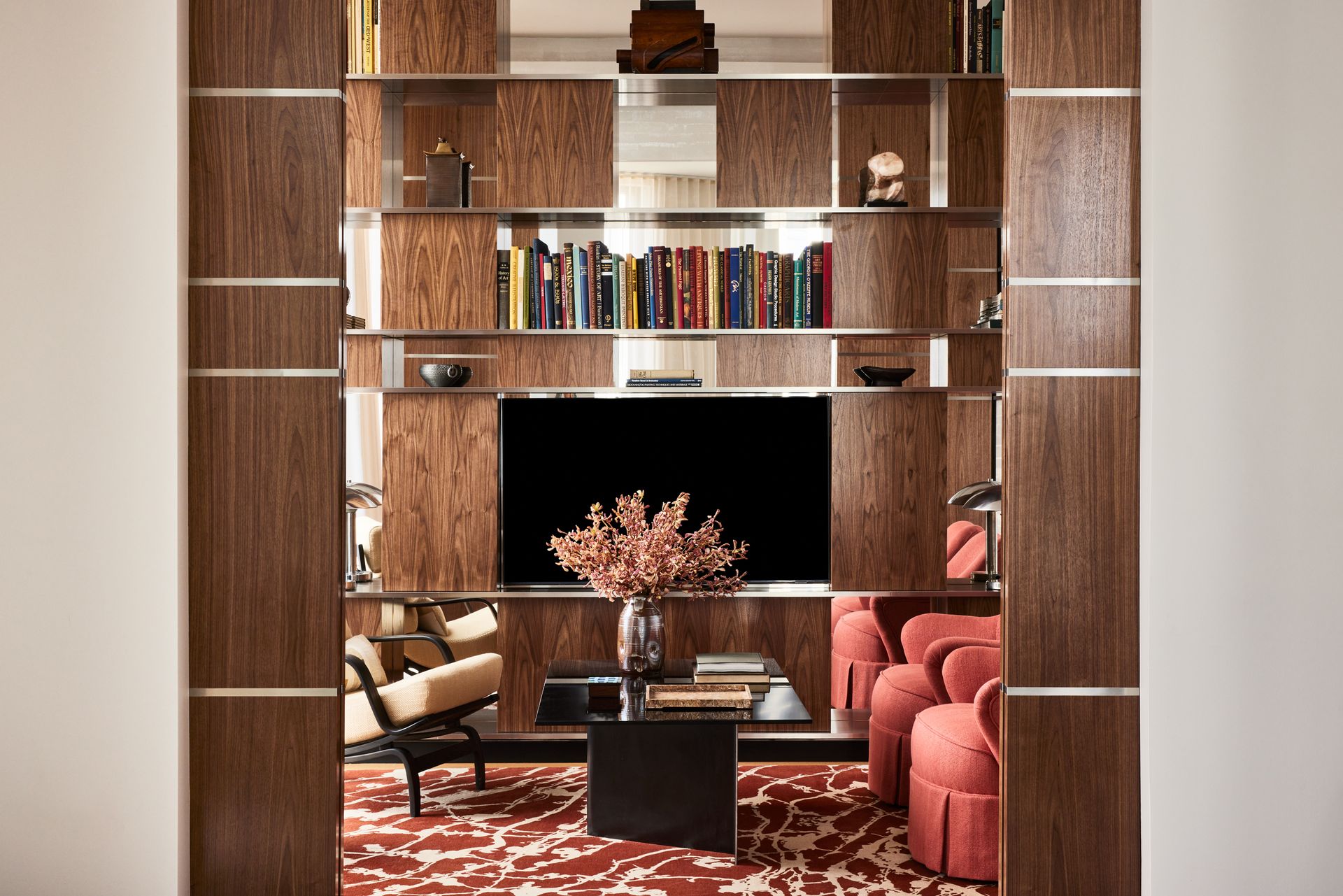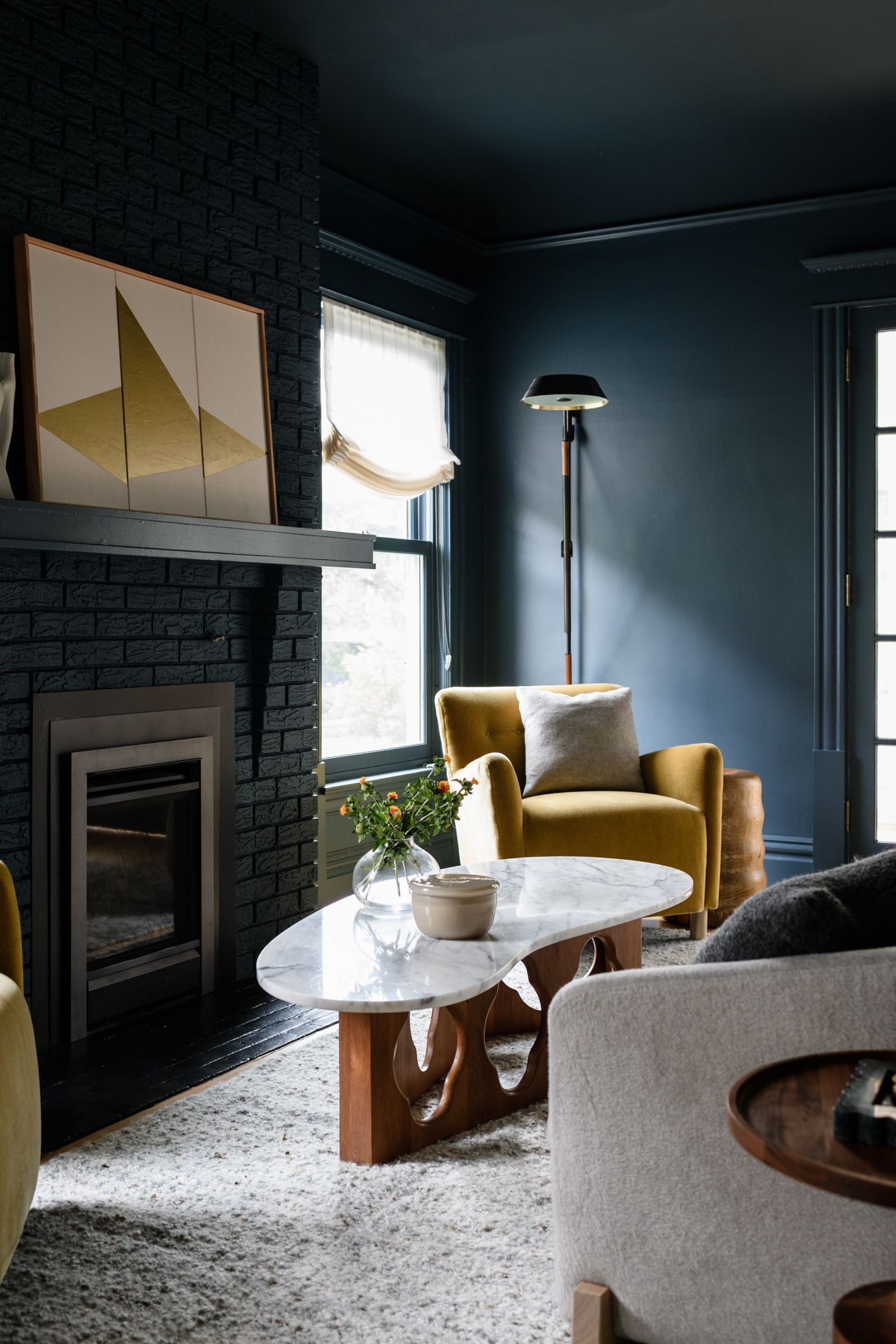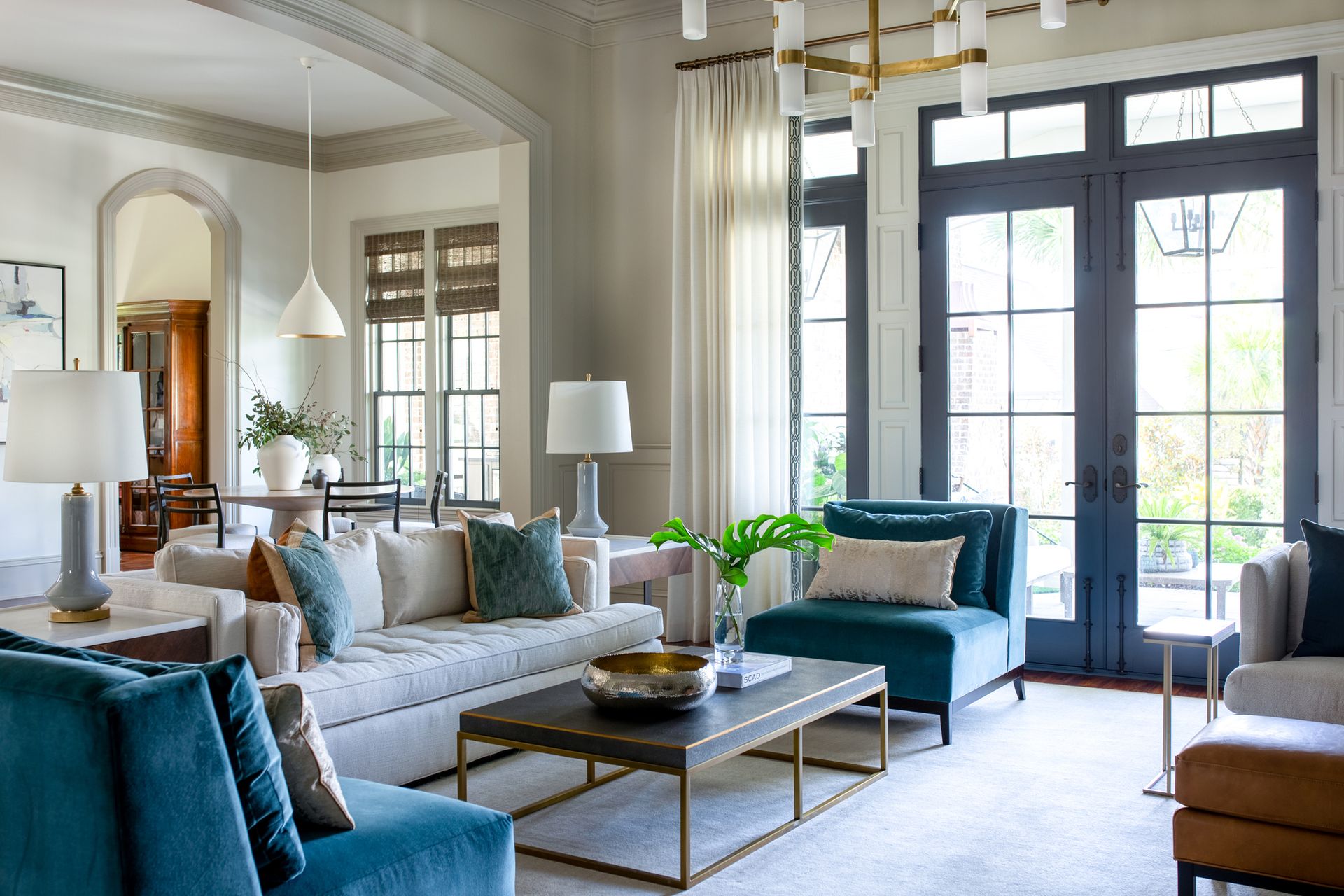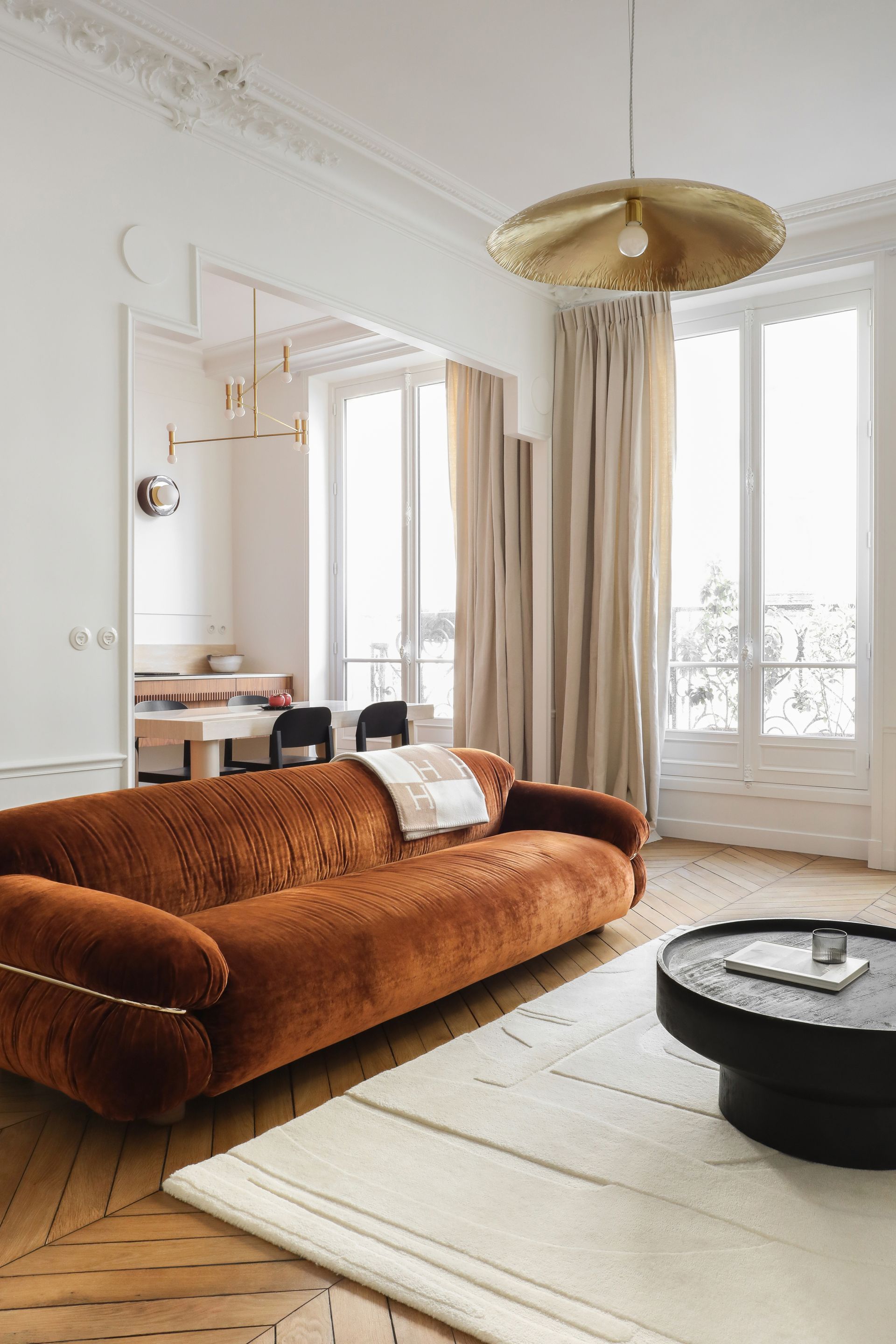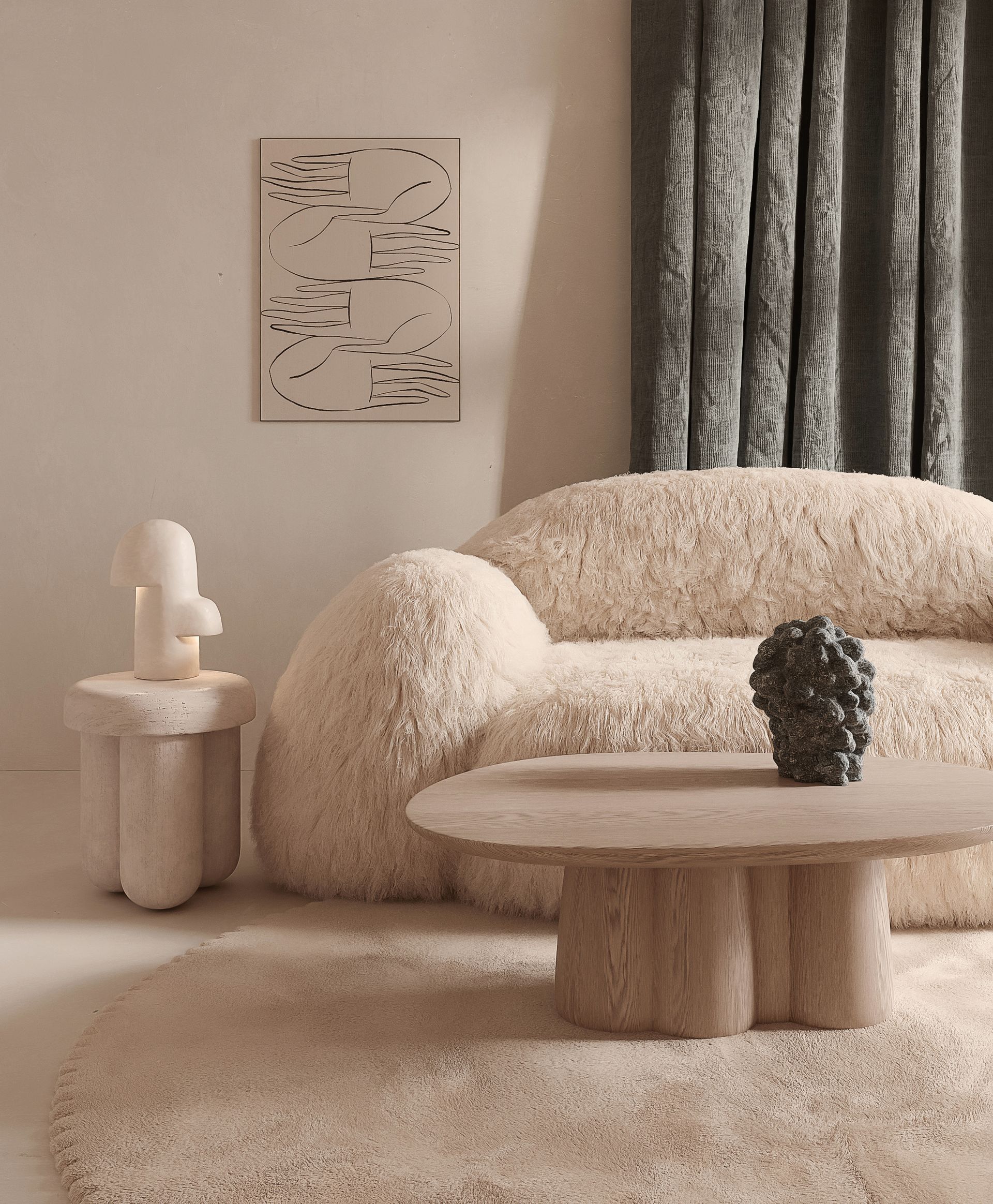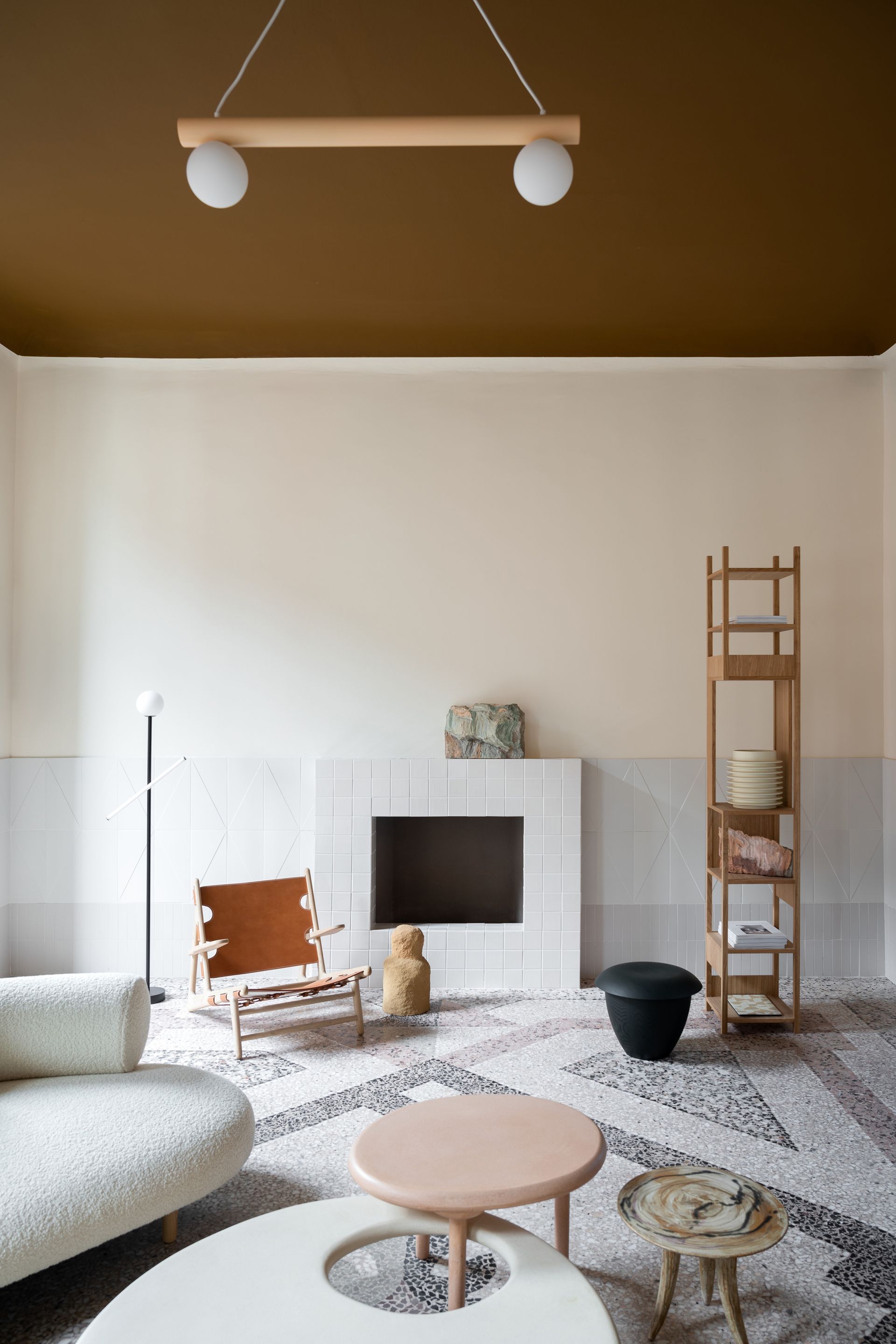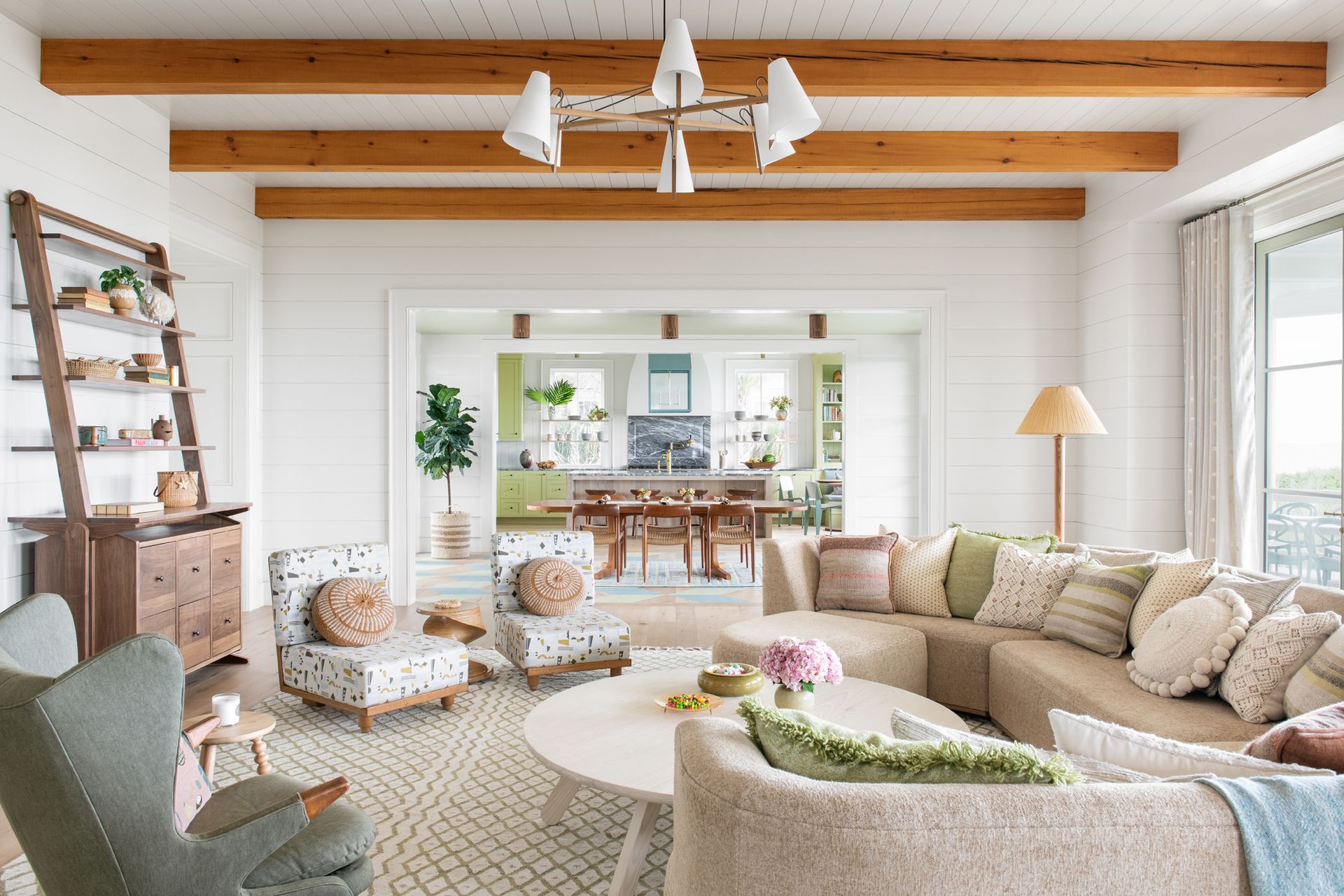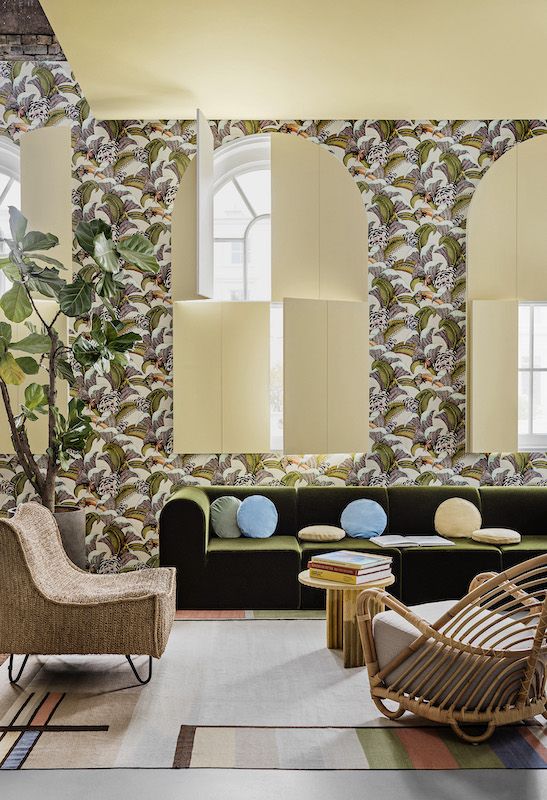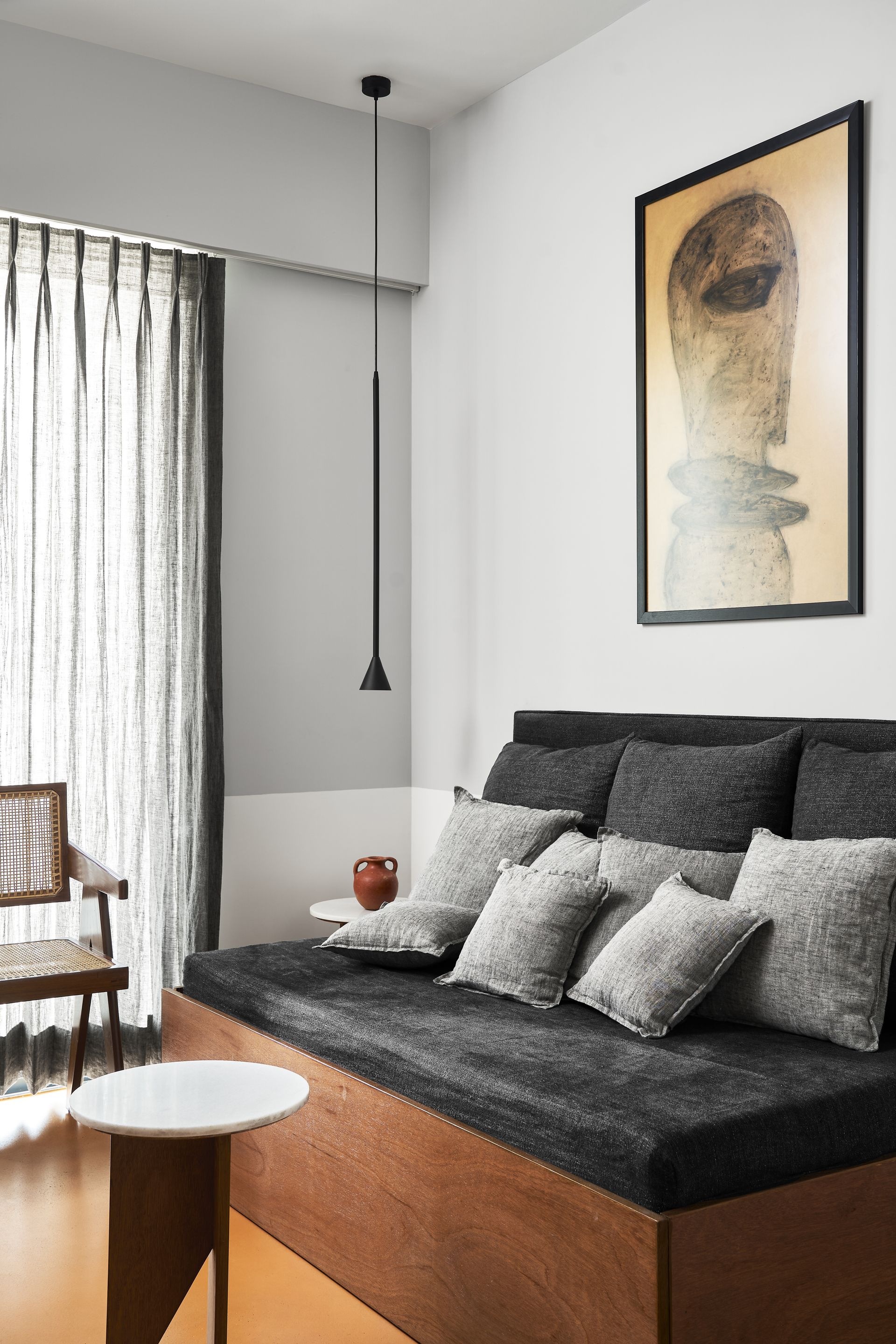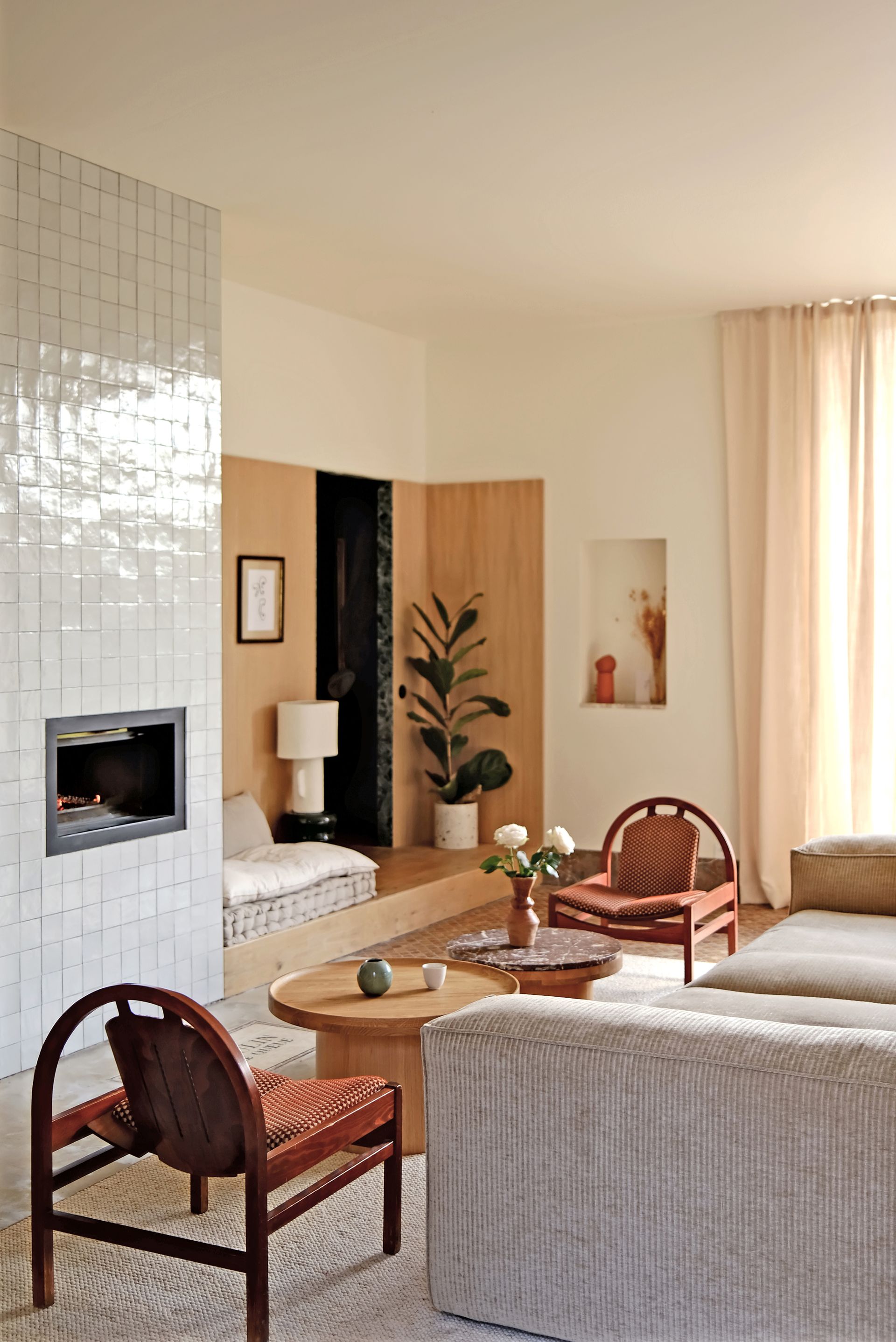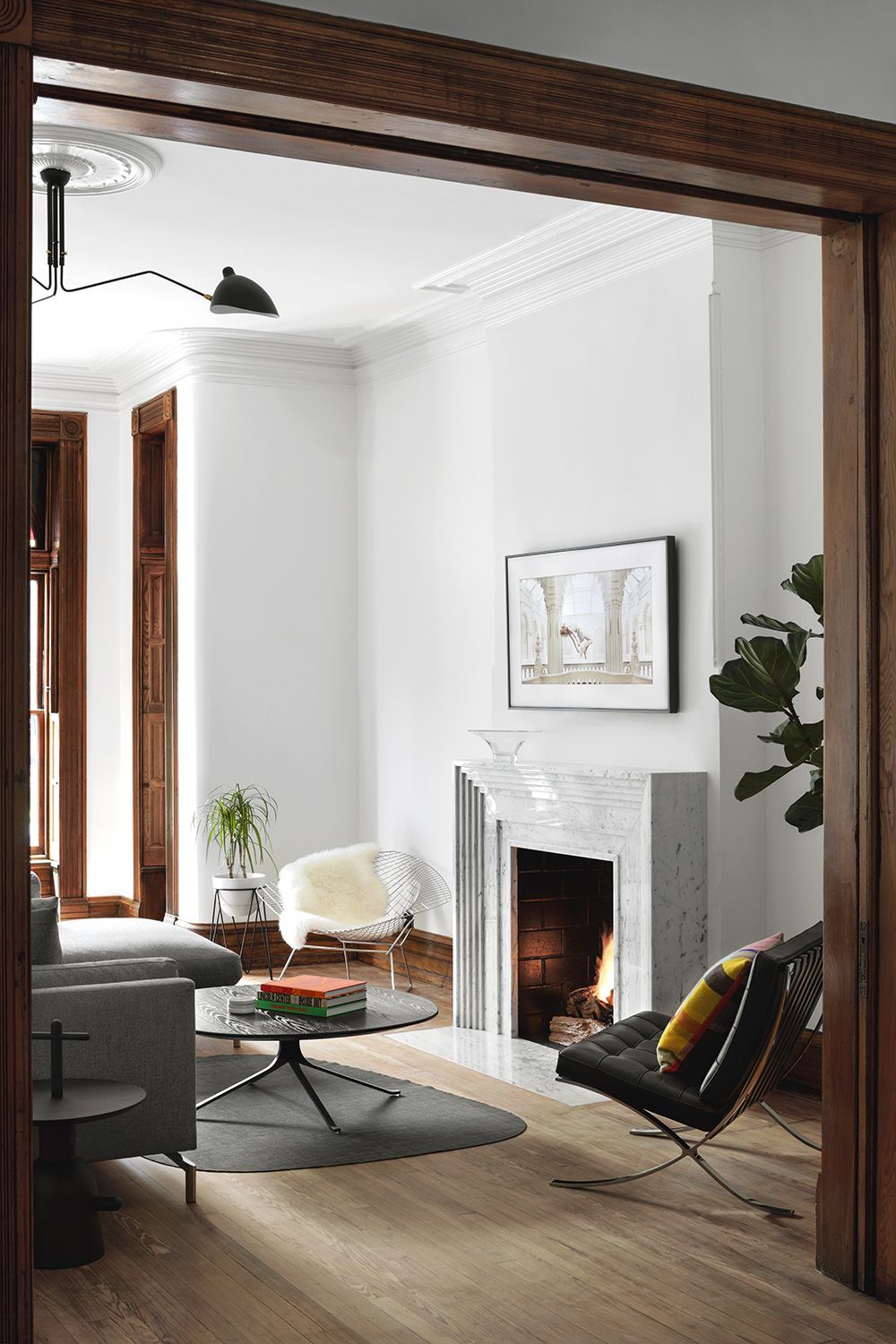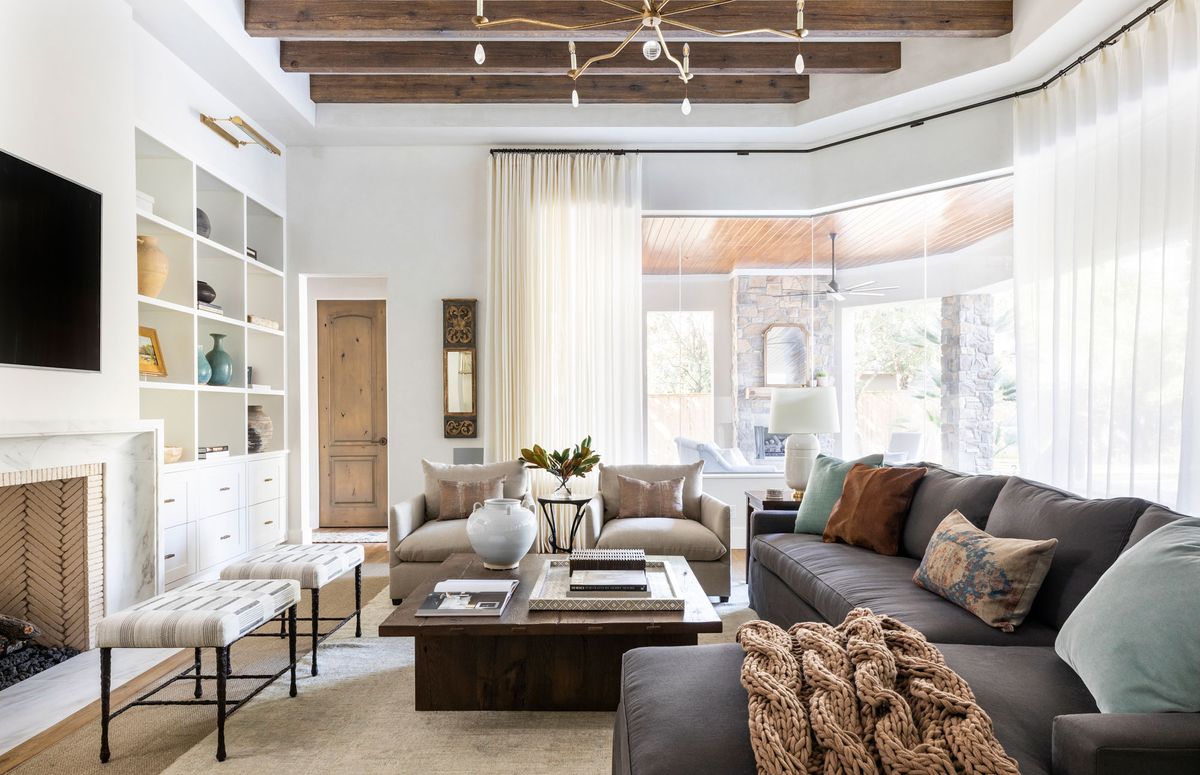
How do I make a living room feel cozy? 10 easy expert tips
Most of us want our homes to feel warm and inviting, a joy to spend time in. But have you wondered what makes a space truly cozy? Is it the size of the room, the furniture pieces, the textiles and colors used, or is it the lighting? As we asked the design experts and it turns out it’s all of the above.
‘Creating a cozy living room starts by working out how you plan to use it,’ says Andrew Griffiths, founder of A New Day. ‘A cozy space to watch a movie can be very different from a cozy space to sit and socialize in. So before making any decor decisions, give a thought to how you want to use the space as this will help you consider layouts and furniture choices.’
If you love spending family time here, or socializing with friends in the living room often, then consider these living room ideas below to make this the most convivial, comfortable space in the home.

Aditi is a homes writer and editor with several years of experience. Her articles, backed by expert insights, offer suggestions aimed at helping readers make the best home design choices. For this article, she spoke to top experts and brands to understand ways to make a living room look and feel cozy.
10 designer-approved ways to make a living room look cozy
1. Choose warm tones for a cozy interior
(Image credit: Nicole Franzen. Design: Husband.Wife)
To understand warm colors, you will need to refer to the basic color wheel, which is split into two halves – a warm half and a cool half. The warm hues begin with red and move through to yellow-green. The cool, on the other hand, begins from green and goes through red-violet. Our eyes and brains perceive different wavelengths of light as colors.
Warm colors tend to advance, which means they draw in space. If you have an extremely large room, a warm color will make it feel less overly spacious and more intimate. The same can be said for any size of room if you want to give it a cozy look.
So, when looking at living room color ideas, choose tones of orange, mustard, and terracotta for an inviting feel. ‘Warm colors make things cozy,’ says Natalie Tredgett, founder of Natalie Tredgett Design (opens in new tab). ‘In particular, layering will work very well. Browns with yellows, oranges, and purples, and reds with pinks come to mind. Using natural fibers also brings warmth such as wood, rattan, grasscloth, wool, and linen. It evokes nature, which soothes, reduces stress, and welcomes in the warmth.’
2. Envelop the room with color drenching
(Image credit: Yond Interior)
Color drenching, the art of painting ceilings, walls and woodwork the same color, makes an interior seem not only brilliantly bold and thoroughly modern but also warm, considered, and eye-catching.
By choosing a pleasing tone like a warm pink, a beige, or more, you can create an instantly comfortable environment. ‘For living rooms, color drenching, especially when using warmer colors, works best,’ says Justyna Korczynska of Crown Paints (opens in new tab). ‘By enveloping a small space in a color, the focus shifts from noticing the size of that space to just appreciation of the shades that surround us.’
3. Layer window treatments
(Image credit: Arielle Simmons. Design: Architrave)
An effective living room window treatment will give your space the much-needed decor update it needs plus envelope the room in warm, filtered light.
‘If you only do one thing to help a living room look cozier, make it the window dressing,’ says Andrew of A New Day (opens in new tab). ‘Softening the light in a space and putting some warmth and texture between you and the outside world is so important to the look and feel of a cozy living space. I like to layer window treatments, so a sheer curtain or blind for daytime privacy and light filtering is ideal. Choose curtains or blinds to frame a window and consider covering the windows fully in the evening for a warm and cozy space.’
‘We select light weight fabric to help us minimize the curtain stack when they are open,’ says Moe Draz, interior designer and founder of Architrave (opens in new tab). ‘I always find that wool or wool blend fabrics hang beautifully and wool sheers filter light in a very beautiful way.’
4. Go for curving furniture pieces
(Image credit: Heju)
Soft curves, rounded edges and long, comfortable seaters have an inherent charm to them and offer a promise of rest. When it comes to living room furniture, choose pieces that reflect tactility and softness.
‘A rounded or curved furniture in a small living room creates a natural sense of flow in the movement,’ says Noorein Kapoor, founder of NKD Studio (opens in new tab). ‘They can be very pleasing to the eyes as they soften the overall look of the space. One can create a dramatic effect in a small space when curves are balanced with straight lines. When the curved furniture is placed right, the space looks like a solved jigsaw puzzle’
‘I think when you’re using the sofa to sit on, rest or sleep on, there has to be a kind of softness and tactility to the piece,’ say Nipa Doshi and Jonathan Levien, founders of international interior design brand Doshi Levien (opens in new tab). ‘And it doesn’t mean it needs to be round but there is something about human beings inherently relating to curves. In any case, you don’t want sharp corners when you’re sitting on a sofa.’
In addition to curving forms, also consider furniture upholstered in plush fabrics and cozy rugs. ‘For this sofa, we used viscose, and a carpet made of wool to add that cozy layering effect to the room,’ says Hélène Pinaud, founder of Heju Studio (opens in new tab).
Floor seating is rather common in Asian cultures, with straw floor mats, floor cushions, diwans, and other minimal furniture. Sitting close to the ground not only creates a more intimate seating system but also encourages people to let their guards down, get comfortable, and open up. Today, as modern living room designs are the biggest ask for homeowners, floor seating in suede, leather, and more can be found available.
5. Layer the room with soft textiles and rugs
(Image credit: Elisa Uberti)
Add softness around and underfoot in your living room with rich textures and fabrics. Tactility goes a long way in creating an atmosphere, and layering natural textiles will help you design a cozy living room.
‘Texture is incredibly important to the atmosphere of a room,’ says Andrew. ‘Darker colors will have a more visually obvious feeling of coziness, but you can create just as cozy an atmosphere by layering rich textures in a neutral space.’
‘Textiles, in general, are still trending toward earth-tones with the addition of bold texture, and rugs made with natural materials like sisal, wool, and jute,’ says Reena Sotropa, founder of Reena Sotropa In House Design Group (opens in new tab). ‘Tightly woven low pile rugs provide an ideal foundation for layering but the tone on tone patterns that are created via texture or differing pile heights can also provide that clean simple base, but with a bit of added detail.’
6. Paint the ceiling for a canopy feel
(Image credit: File Under Pop)
Dark colors on the ceiling create an umbrella effect, as though enveloping a room in coziness. When it comes to living room ceiling ideas, choose hues that have a stylish and inviting appeal.
Not only can it help bring a lofty ceiling height down, but it also creates a base to introduce your cozy elements to. ‘Painting the ceiling and the walls ties the room together and creates a calm canvas for other elements,’ Kathrine Errboe from design forward paint brand File Under Pop tells us.
7. Think about ceiling beams or paneling
(Image credit: Katie Alice. Design: Cortney Bishop)
The idea of painting a ceiling tracks for any kind of ceiling where you have a sense of something overhead, not just a blank white space. This might be a style of paneling such as beadboard applied to the ceiling, or retaining exposed beams for a modern rustic living room.
This idea plays to our subconscious need to feel protected and covered – something that’s known as prospect and refuge theory in biophilic design – and that means you can truly feel relaxed when you inhabit a space.
8. Create a botanical garden effect with wallpaper
(Image credit: Cold & Son)
Another great way to envelope space is by wallpapers. Either as a living room accent wall or wallpaper on walls to ceiling, surround the space with pleasing prints and colors for that sheltered feeling.
‘Abstract botanicals have emerged as a huge trend following on from the love of biophilic designs,’ says Chelsea Clark, Head of Brand at I Love Wallpaper (opens in new tab). ‘Often featuring organic shapes while keeping a connection to nature, abstract botanicals are a modern way of incorporating colors and florals in the home.’
9. Bring in a daybed
(Image credit: SML Architects)
Daybeds in a living room can be a fantastic investment if you have the space. These can be used as primary seating pieces in a living room, to fill up a corner, or even as an occasional chair in open-plan rooms. Daybeds allow you to lounge at any time of the day and add that extra comfort to the space.
‘This daybed provides a lounge to unwind, and doubles up as a serviceable bed,’ says Mahek Lalan, principal architect at SML Architects (opens in new tab). ‘A summery white transcends into grey, creating a slight gradient over the walls. Consisting predominantly of a collapsible daybed washed over in sumptuous doses of charcoal and steel grey linen upholstery, the lounge is accented with art in warm ochre tones, unadorned end tables, and austere pendant light.’
10. Create cozy corners
(Image credit: Lucas Madani. Design: Hauvette Madani)
Utilizing living room corners is not only a smart way to make every square inch of your home work hard but also create interesting moments indoors; spaces where you can spend quality ‘me time’. If you have an awkwardly shaped living room with sharp corners or nooks, consider converting them into reading areas, a place to paint or listen to music.
Add a comfortable lounge chair, add some cushions, and include a throw. Convert the space into one that you’ll want to retreat to post a long day of work.
How can I soften the look of my living room?
(Image credit: Jennifer Hughes)
There are several ways to soften the look of your living room. Consider warm living room paint colors that give a cocooning, cozy feel to the room. Double layer the curtains to insulate the space, and bring in extra throw pillows to soften the seating pieces.
A plush wool or fur carpet too can add softness underfoot while also enriching the visuals of the room. Finally, add pleasing art or murals that generate a feeling of happiness in the onlookers.

